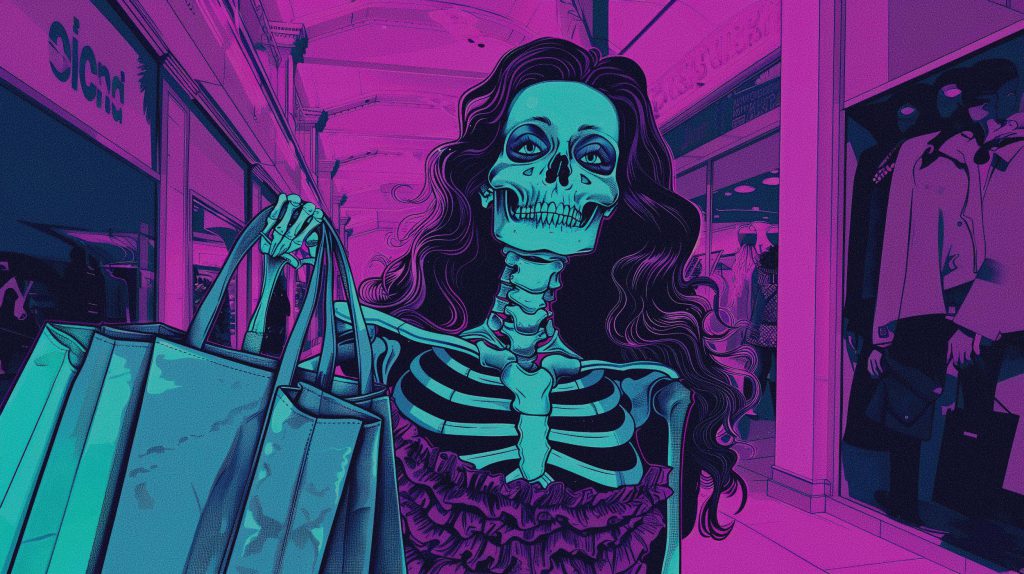Ageism in the marketing industry has long been the elephant in the boardroom—acknowledged in hushed tones but rarely confronted head-on. While the industry thrives on innovation, disruption, and the pulse of youth culture, it often does so at the expense of sidelining professionals with decades of experience. It’s time we stop sugarcoating the conversation and start challenging the assumptions that govern hiring practices, team dynamics, and leadership pipelines. This editorial takes a critical look at when ageism may have a basis—and when it absolutely does not.
Understanding Ageism in the Marketing Industry
Ageism in marketing is more than just a hiring bias; it’s a systemic mindset that equates youth with relevance and age with obsolescence. The obsession with younger demographics has spilled over into staffing philosophies, where being “digital native” is often a euphemism for “under 35.” Agencies and brands alike are guilty of assuming that only younger employees truly “get” platforms like TikTok, or that only they can craft campaigns that resonate with Gen Z. This thinking is not just lazy—it’s dangerous. It creates echo chambers, stifles diverse perspectives, and undermines the value of experience.
But let’s be clear: there are contexts where a generational gap can create friction. If a senior marketer hasn’t updated their skills, resists new tools, or dismisses emerging trends outright, there’s a problem—and it’s not ageism to say so. The industry moves fast, and no one, regardless of age, gets a free pass for being out of touch. However, this should never be a blanket assumption. There are 50-something strategists who can run circles around junior creatives when it comes to understanding audience psychology, channel integration, and long-term brand building.
What’s often overlooked is the fact that age diversity—like any other form of diversity—leads to better outcomes. A campaign team with a 25-year-old copywriter, a 35-year-old media planner, and a 55-year-old brand strategist is far more likely to build a campaign that resonates across generations. Age shouldn’t be a liability; it should be a strategic asset. The industry needs to move beyond the binary of “young = innovative” and “old = outdated.” That narrative is not only false—it’s self-defeating.
When Experience Is Overlooked or Undervalued
The marketing industry has a bad habit of commodifying experience only when it fits neatly into a leadership role. If you’re not a CMO or managing director by your 50s, you’re often seen as “stalled” or worse, “unpromotable.” This binary view—either you’re a senior leader or you’re irrelevant—completely ignores the nuanced, specialized contributions that experienced professionals can make in non-leadership roles. Think about the seasoned media buyer who knows how to stretch a budget like no one else, or the copy chief who’s edited thousands of campaigns and can spot a tone mismatch from a mile away.
The irony? These are the people who often hold the institutional memory and hard-earned intuition that younger teams lack. But instead of being seen as mentors or collaborators, they’re too often dismissed as “stuck in their ways.” That’s not just ageism—it’s poor business judgment. These professionals have weathered economic downturns, client meltdowns, and trend cycles. Their resilience and perspective are invaluable, especially in a world where the next algorithm change or platform shift is always around the corner.
The undervaluing of experience also shows up in hiring practices. Job descriptions with phrases like “high energy,” “fast-paced environment,” or “cultural fit” are often euphemisms for youth. Hiring managers may not even realize they’re filtering out older candidates, but the results speak volumes. Until the industry starts recognizing the ROI of experience—and not just in corner offices—we’ll continue to lose out on some of our most valuable talent.
Rethinking Leadership and Direction Across Ages
One of the most persistent myths in marketing is that older professionals can only lead—they can’t follow. That somehow, once you’ve reached a certain age, taking direction from someone younger is a blow to your ego or a sign of failure. This is nonsense. Leadership and humility are not mutually exclusive. In fact, the most effective senior marketers I know are the ones who are comfortable learning from anyone—whether it’s a 25-year-old social media manager or a 30-year-old creative director with a fresh vision.
The inverse is also true: younger managers need to be comfortable managing older team members without feeling threatened. This requires emotional intelligence, mutual respect, and a culture that values contribution over hierarchy. Age should not be a factor in your ability to lead or be led. What matters is competence, communication, and collaboration. The best marketing teams I’ve worked with had a mix of ages and a shared understanding that good ideas can come from anywhere.
We need to stop viewing age as a barrier and start treating it as another form of diversity that enriches the work. Intergenerational teams are not a liability—they’re a competitive advantage. But that only happens when both younger and older professionals are seen as equals in the creative process, not as archetypes of “mentor” and “mentee.” The future of marketing belongs to those who can both teach and be taught, regardless of the number on their birth certificate.
Ageism in marketing isn’t just a moral failing—it’s a strategic one. By boxing older professionals into narrow roles or writing them off entirely, we’re leaving talent, insight, and opportunity on the table. Yes, the industry must evolve, and yes, everyone—regardless of age—must keep learning. But innovation doesn’t belong exclusively to the young, and experience isn’t a relic of the past. It’s time we build marketing teams that reflect the full spectrum of age, not just the latest trend. Because when we do, we don’t just fight ageism—we build better brands.































